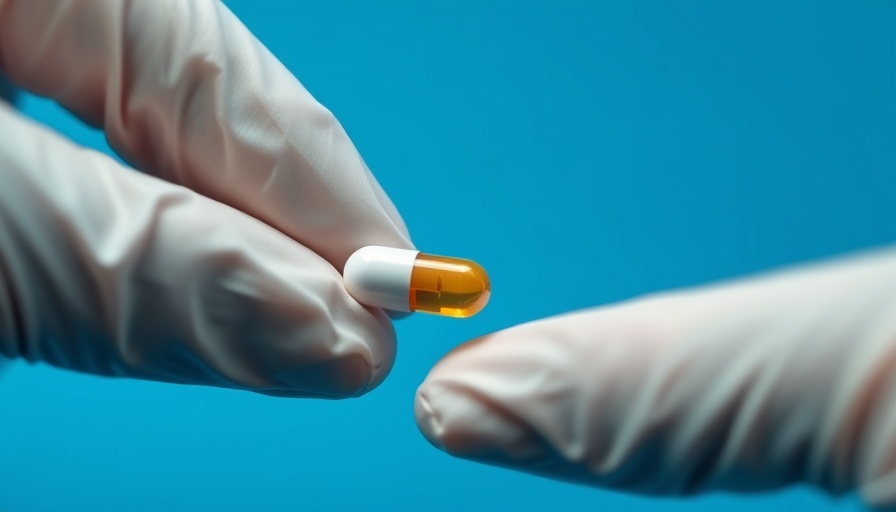
The Biodegradable Revolution in Stretch Fabrics
In an era where sustainability is becoming increasingly vital, the quest for biodegradable alternatives to everyday materials has never been more critical. The latest innovation in this space comes from Good Fibes—a startup dedicated to transforming the way we think about spandex. Founded by Alexis Peña and Lauren Blake and based at Tufts University as well as Argonne National Laboratory, Good Fibes is pioneering the development of lab-grown elastics derived from silk elastin-like proteins (SELPs). This innovative approach seeks to provide not only comfort but also a solution to the environmental challenges posed by traditional petroleum-based stretch fabrics.
Market Potential and Environmental Impact
The global spandex market is projected to grow significantly, reaching nearly $8 billion by December 2024. However, while this growth may benefit manufacturers and consumers, it raises pressing concerns about sustainability. Most stretch fabrics are not recyclable and can take centuries to decompose, shedding harmful microplastics along the way. Good Fibes' commitment to producing biodegradable textiles using SELPs is an essential step toward circularity in fashion—a concept that requires changes at the raw material level to truly succeed.
How Good Fibes Works: The Science Behind the Fabric
Good Fibes utilizes proteins based on silk and elastin to create a stretchable and biodegradable alternative to spandex. These proteins, engineered from recombinant DNA, allow for customization in terms of strength, elasticity, and dye compatibility. Peña emphasizes the importance of raw material choice in achieving truly sustainable textiles, stating, "True circularity has to start with raw materials." This pioneering technology not only pushes the limits of innovation but also carries the potential for broader applications across various industries.
Challenges and Innovations in Biotextile Manufacturing
While the potential for SELPs is vast, there are significant barriers to production that Good Fibes is confronting. Timothy McGee, a biomaterials expert, highlights that many labs face hurdles in scaling their innovations. For instance, producing even a small test swatch of fabric requires substantial resources, and manufacturers need to ensure that the fabrics meet the necessary moisture resistance and durability standards. Good Fibes is exploring alternatives using plant-based proteins like wheat gluten to enhance scalability, demonstrating a commitment to finding actionable solutions as they pave the way for biodegradable textiles.
Industry Trends: Competing Innovations
In addition to Good Fibes, other companies are stepping up to create sustainable alternatives to traditional stretch fabrics. Under Armour, in collaboration with Celanese, has launched NEOLAST™, which is made from recyclable elastoester polymers designed to significantly reduce spandex usage by 75% by 2030. This reflects a growing trend within the industry that prioritizes not only performance but also environmental sustainability. As brands embrace these innovations, consumers can anticipate a broader array of choices that align with their values.
Good Fibes has already made strides by securing interest from major athletic apparel retailers keen to explore their novel fabric samples. Peña and Blake anticipate that they will be ready to enter the commercialization phase within the next two years. As they continue their research, the implications of their work extend beyond the textile industry, positioning them as leaders in the nascent field of biotextiles.
Conclusion: The Future of Biodegradable Textiles
The journey toward sustainable textiles is not without its challenges, but initiatives like Good Fibes offer a glimpse of a future where fashion can be aligned with ecological mindfulness. As the demand for sustainable products continues to rise, innovations rooted in biochemistry and responsible sourcing will be crucial. By investing in these pioneering solutions, decision-makers in the textile and fashion industries can help shape an eco-friendlier future.
 Add Row
Add Row  Add
Add 




Write A Comment